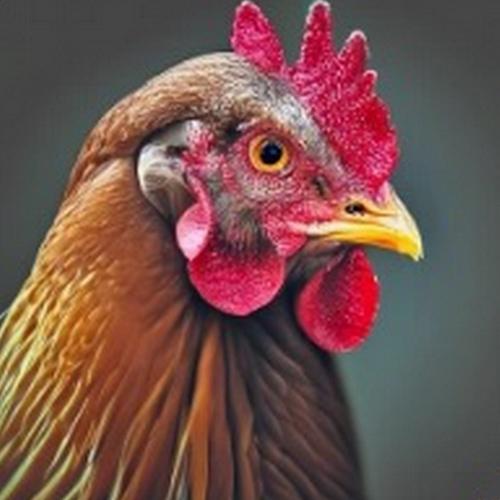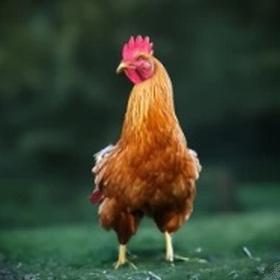Popular Chicken Breeds for Egg Production
When it comes to raising chickens for egg production, choosing the right breed is essential. Here, we'll explore some of the most popular chicken breeds known for their exceptional egg-laying capabilities.
Rhode Island Red: This breed is a favorite among backyard enthusiasts and small-scale farmers. Rhode Island Reds are renowned for their consistent brown egg production, averaging around 200 to 300 eggs per year.
Plymouth Rock (Barred Rock): These chickens are known for their friendly temperament and reliable egg laying. They typically lay brown eggs at a rate of 200 to 280 per year.
Leghorn: Leghorns are prolific layers, often surpassing 300 white eggs annually. They are low-maintenance and are prized for their efficiency.
Sussex: Sussex chickens are a dual-purpose breed, valued for both meat and eggs. They produce around 250 to 275 brown eggs per year.
Australorp: Holding a world record for egg production, Australorps are champions in laying brown eggs, yielding up to 300 eggs annually.
Selecting one of these popular breeds can significantly enhance your egg production, but remember that factors like diet, housing, and care also play crucial roles in ensuring a bountiful supply of fresh eggs.
Rhode Island Red: This breed is a favorite among backyard enthusiasts and small-scale farmers. Rhode Island Reds are renowned for their consistent brown egg production, averaging around 200 to 300 eggs per year.
Plymouth Rock (Barred Rock): These chickens are known for their friendly temperament and reliable egg laying. They typically lay brown eggs at a rate of 200 to 280 per year.
Leghorn: Leghorns are prolific layers, often surpassing 300 white eggs annually. They are low-maintenance and are prized for their efficiency.
Sussex: Sussex chickens are a dual-purpose breed, valued for both meat and eggs. They produce around 250 to 275 brown eggs per year.
Australorp: Holding a world record for egg production, Australorps are champions in laying brown eggs, yielding up to 300 eggs annually.
Selecting one of these popular breeds can significantly enhance your egg production, but remember that factors like diet, housing, and care also play crucial roles in ensuring a bountiful supply of fresh eggs.
Egg-Laying in Young Hens
Egg-laying in young hens, it's an intriguing journey. Typically, pullets, or young hens, start laying eggs around 5 to 6 months of age. The initial eggs are often smaller and might have irregular shapes, but over time, their egg-laying skills improve. It's essential to provide them with the right nutrition and a stress-free environment to encourage consistent egg production. As they mature, you'll notice a gradual increase in the number of eggs laid per week, ultimately contributing to your flock's egg bounty.



